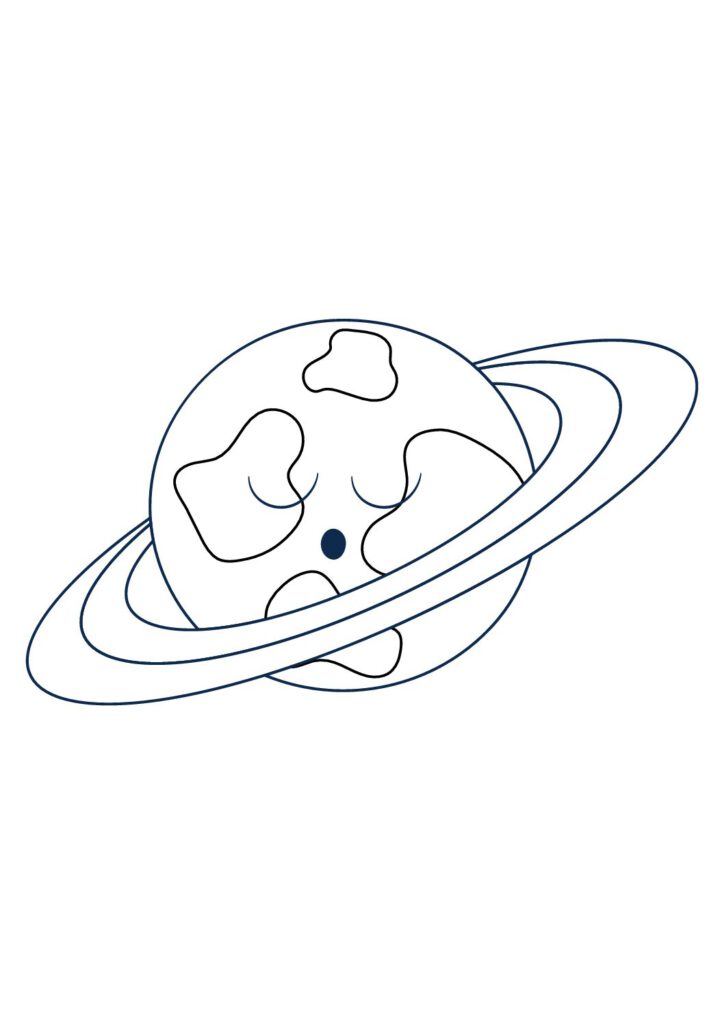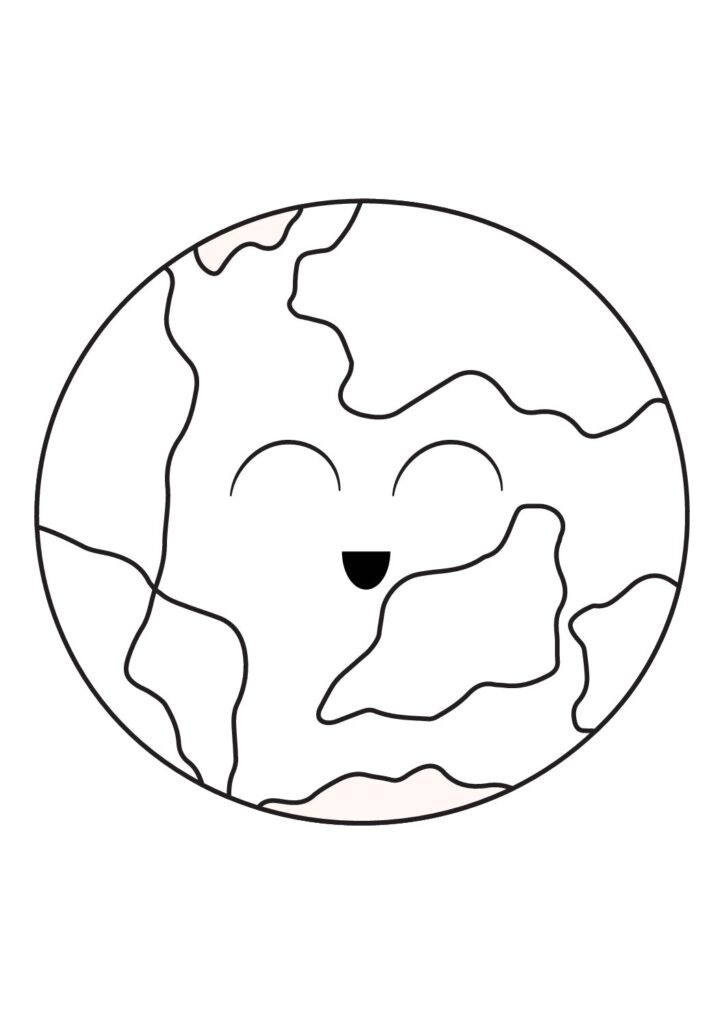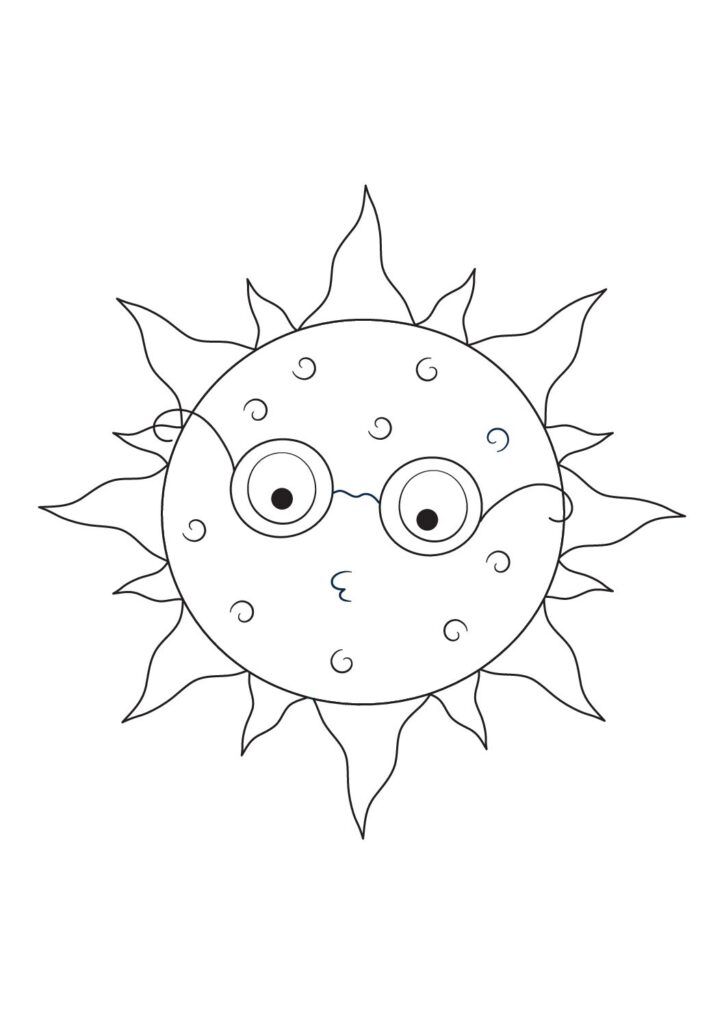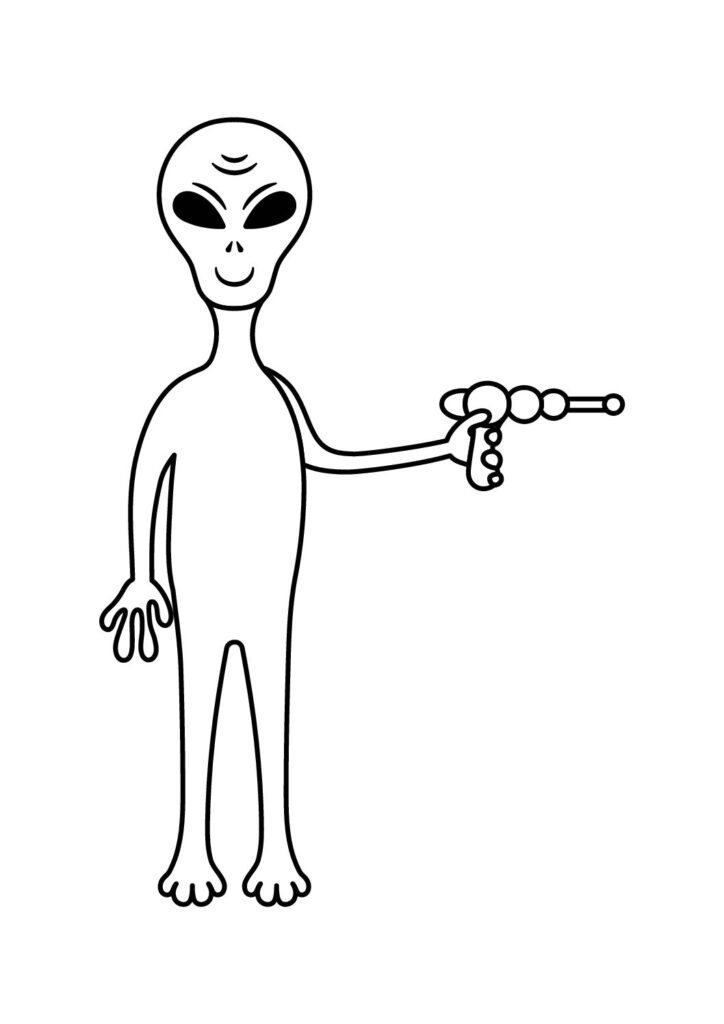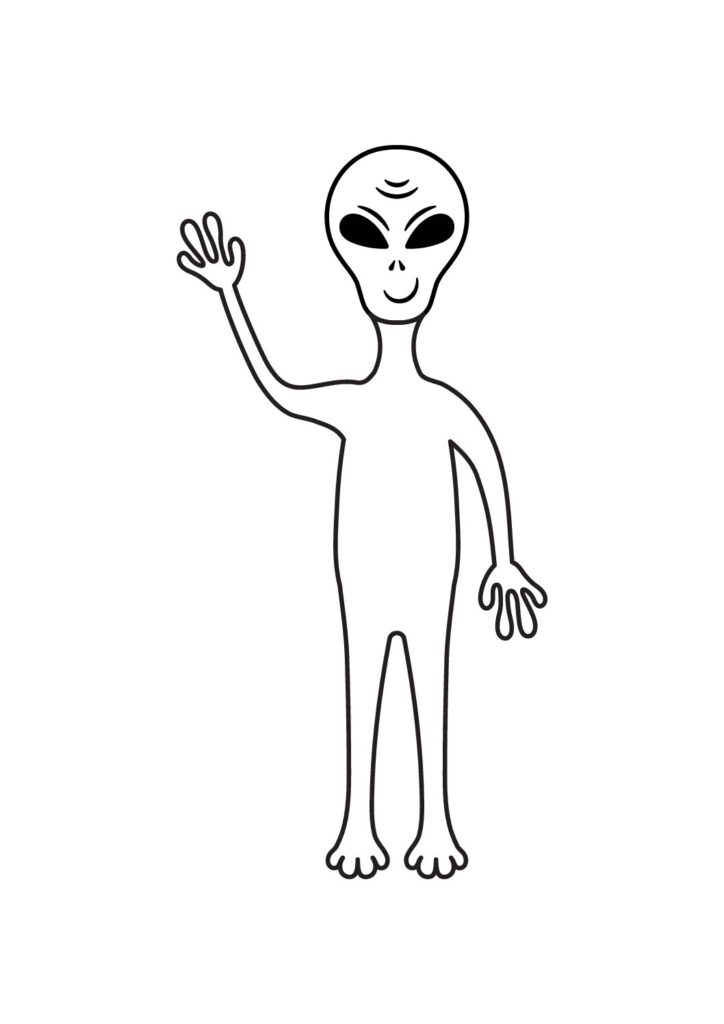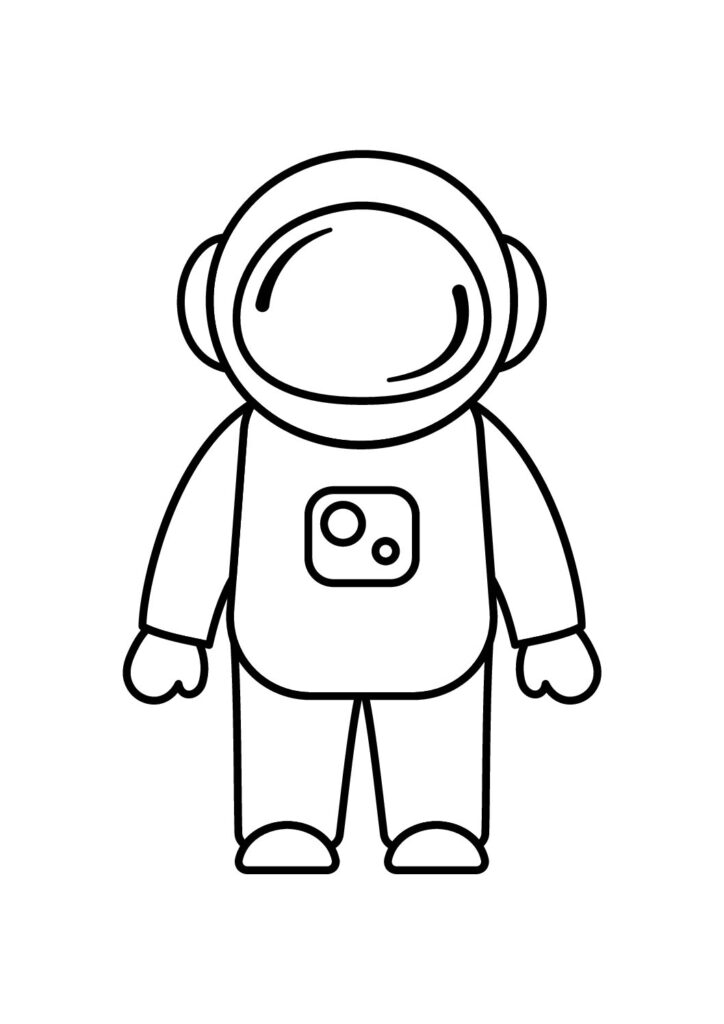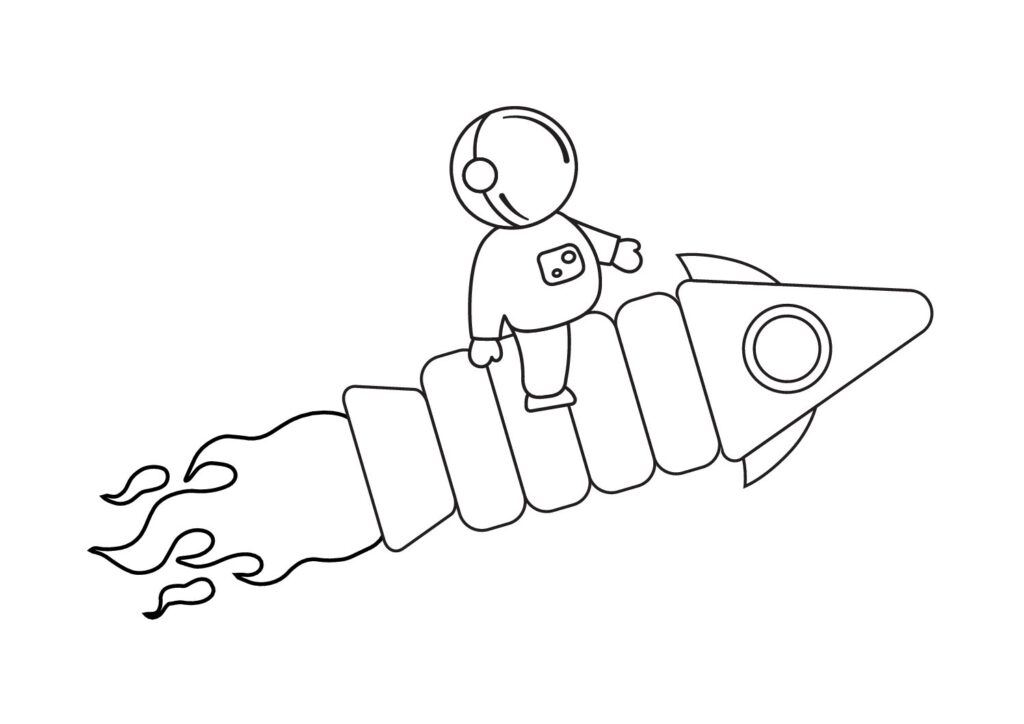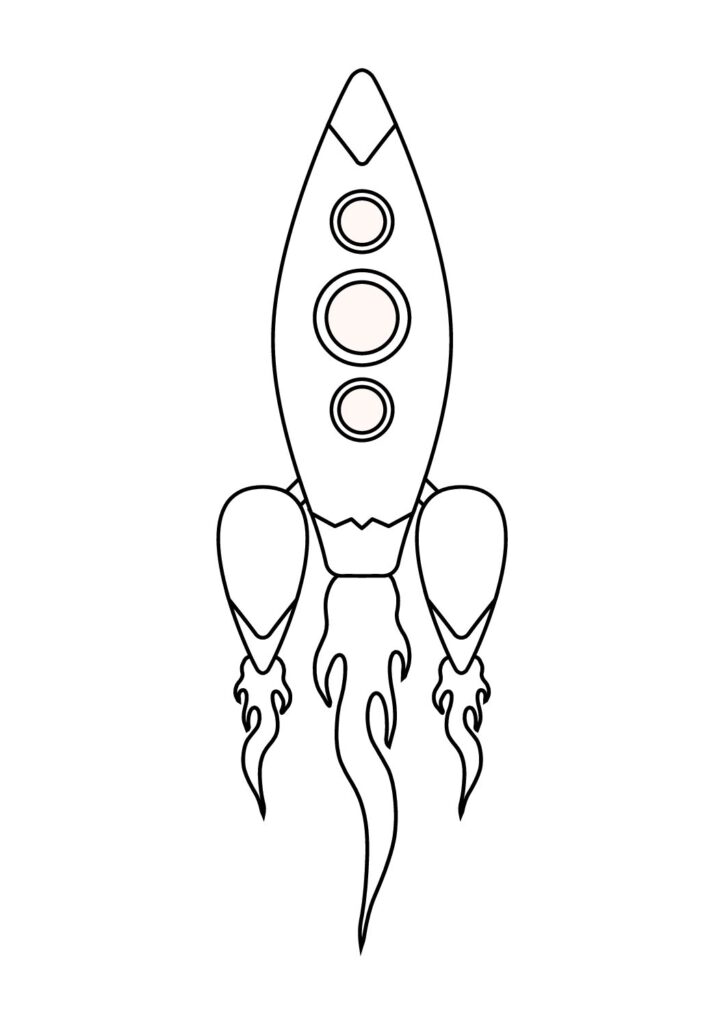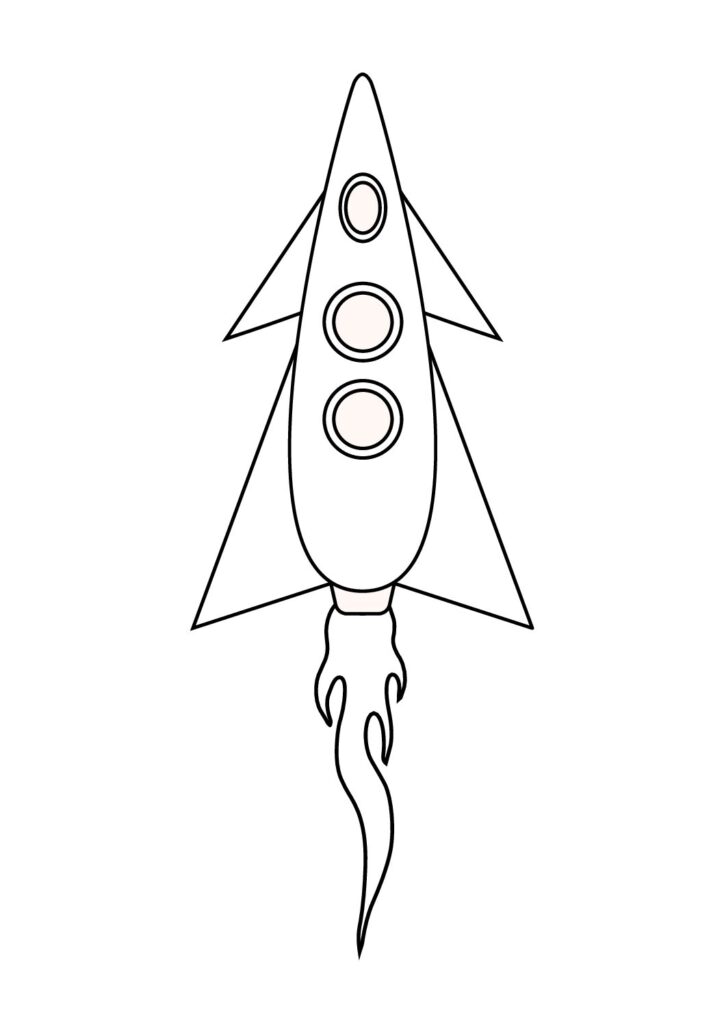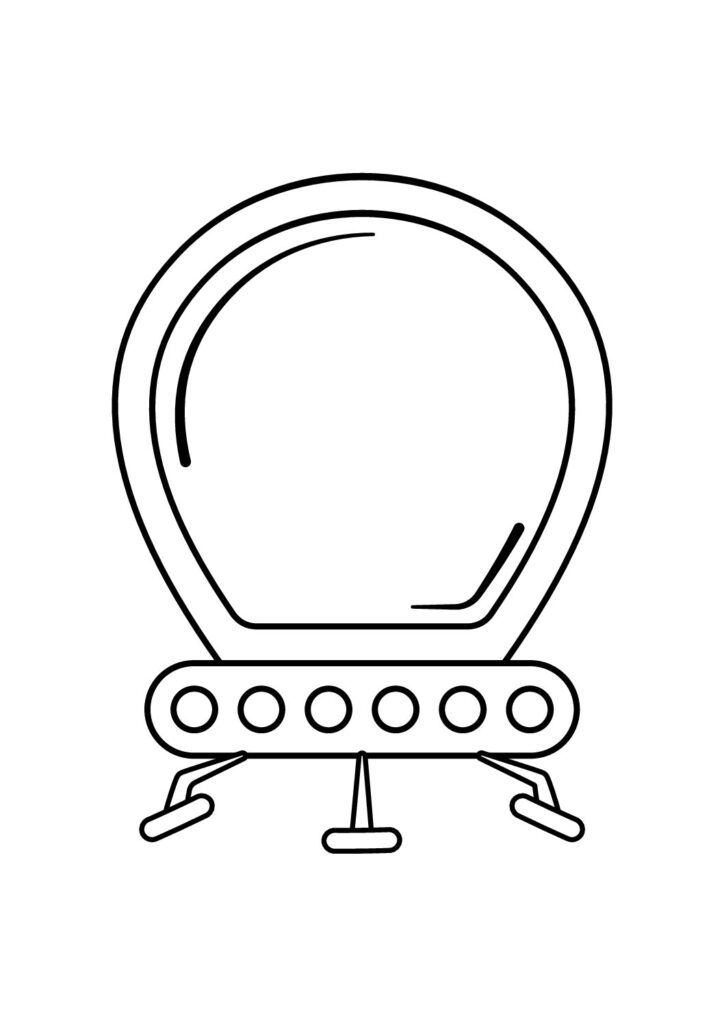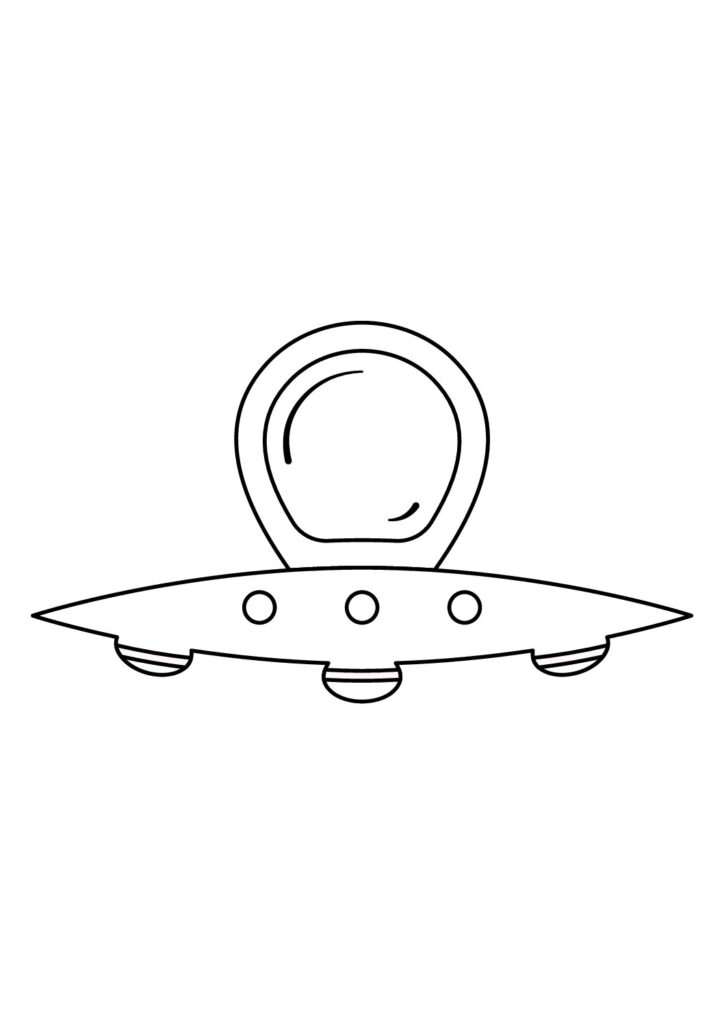5 Free Planets Coloring Pages for Download (Printable PDF)
Orbit into our free printable planet coloring pages featuring these magnificent celestial bodies in their astronomical glory! Download high-quality sheets showcasing the diverse worlds of our solar system with their unique surfaces, ring systems, and atmospheric features displaying the incredible variety found in space. Perfect for kids and astronomy enthusiasts, these detailed illustrations capture the majestic nature of these remarkable cosmic objects known for their distinctive characteristics. Each printable sheet brings these amazing worlds to life, highlighting their swirling storms, cratered surfaces, and impressive planetary features!
Awesome Planet Facts for Kids: Our Amazing Solar System!
Our Solar System Family
Our solar system is like a big family with the Sun as the parent and eight planets as the children! These planets all travel around the Sun in special paths called orbits. Each planet is unique – some are small and rocky, while others are huge and made of gas. All these planets are our cosmic neighbors in the Milky Way galaxy, which is just one of billions of galaxies in our universe!
Mercury: The Speedy Little Planet
Mercury is the smallest planet and closest to the Sun. It zooms around the Sun super fast – completing a full orbit in just 88 Earth days! Mercury has no air (atmosphere) and looks a lot like our Moon with many craters covering its surface. During the day, Mercury gets extremely hot (800°F – hotter than an oven!), but at night, it gets freezing cold (-290°F). That’s a bigger temperature change than any other planet!
Venus: The Bright and Boiling World
Venus is sometimes called Earth’s twin because it’s almost the same size as our planet. But it’s very different in other ways! Venus is covered in thick, poisonous clouds that trap heat, making it the hottest planet in our solar system – even hotter than Mercury! If you stood on Venus, you would see an orange sky and feel pressure like being deep underwater. Venus spins backward compared to most other planets!
Earth: Our Perfect Home
Earth is the only planet we know that has life! Our beautiful blue planet has liquid water oceans, breathable air, and just the right temperature for plants, animals, and people to live. Earth has one moon that helps control our oceans’ tides. Our planet is protected by an invisible shield called the magnetic field that blocks harmful radiation from the Sun. Earth is just right – not too hot and not too cold – which is why we call it the “Goldilocks planet”!
Mars: The Red Planet
Mars is known as the Red Planet because it’s covered in rusty iron dust that makes it look red! Mars has the tallest mountain in our solar system – Olympus Mons – which is three times taller than Mount Everest! Mars has two tiny moons named Phobos and Deimos. Scientists think Mars once had rivers and oceans like Earth, which is why they keep sending rovers like Perseverance to search for signs of ancient life. Maybe one day, humans will visit Mars!
Jupiter: The Giant King
Jupiter is the biggest planet in our solar system – so big that more than 1,300 Earths could fit inside it! This giant is a gas planet, which means it doesn’t have a solid surface you could stand on. Jupiter has beautiful stripes and swirls made of powerful storms, including the Famous Great Red Spot – a storm bigger than Earth that has been spinning for hundreds of years! Jupiter has at least 79 moons, including Ganymede, which is bigger than the planet Mercury!
Saturn: The Ringed Wonder
Saturn is famous for its beautiful rings! These rings aren’t solid but made of billions of pieces of ice and rock, from tiny grains to chunks as big as houses. Even though Saturn is huge (second largest after Jupiter), it’s the least dense planet – it would actually float in water if you had a bathtub big enough! Saturn has at least 82 moons, including Titan, which has lakes and rivers made of natural gas instead of water!
Uranus: The Sideways Ice Giant
Uranus is the only planet that spins on its side – like a rolling ball instead of a spinning top! This gives Uranus extreme seasons where parts of the planet have 42 years of daylight followed by 42 years of darkness. Uranus appears blue-green because of the methane gas in its atmosphere. It’s very cold there (-320°F), which is why scientists call it an “ice giant.” Uranus has 27 moons, all named after characters from stories by William Shakespeare!
Neptune: The Windy Blue World
Neptune is the farthest planet from the Sun (since Pluto was reclassified as a dwarf planet). This blue world looks like a marble because of the methane in its atmosphere. Neptune has the strongest winds in our solar system, with speeds reaching 1,200 miles per hour – that’s faster than supersonic jets! It takes Neptune 165 Earth years to go around the Sun once, which means it’s only completed one orbit since it was discovered in 1846!


